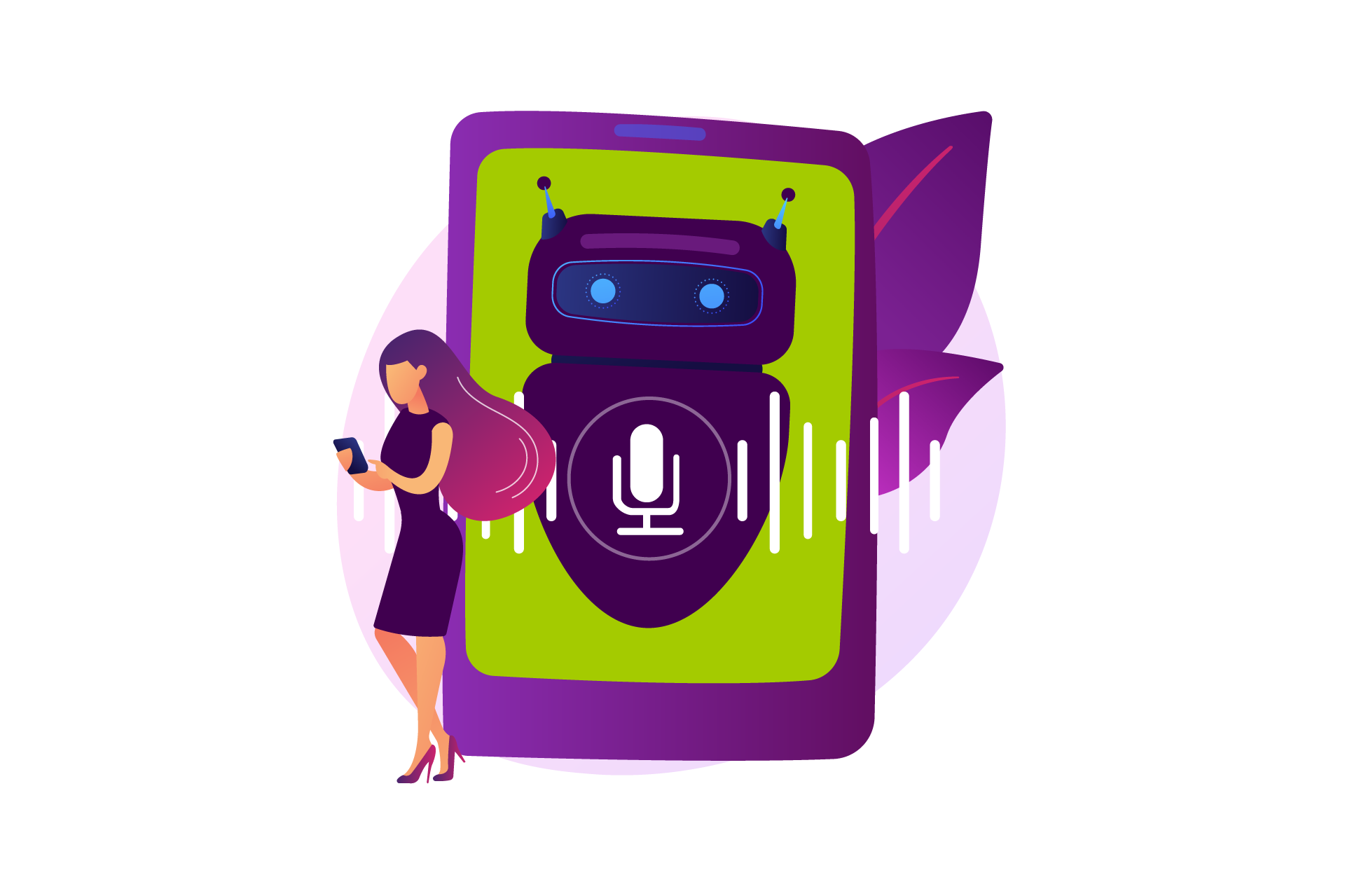Going Beyond the Turing Test to Measure Advancements in AI
In 1950, Alan Turing published his famous paper “Computing Machinery and Intelligence” where he introduced the Turing Test which determines a machine’s ability to think and interact like a human being. In fact, Turing predicted that by the year 2000, the average person would have less than a 70% chance of distinguishing computer-generated dialogues from a human one in an imitation game. However, even in 2021, we are still far away from reaching that goal. This begs the question of why haven’t we been able to reach this goal 21 years past this mark? Perhaps one of the main reasons is that this is not a useful goal to pursue. Let’s explore this issue by first taking a closer look at what the Turing Test is all about.

How Does the Turing Test Work?
The Turing Test is fairly straightforward. One person will serve as the “quizmaster”, located on one side of the curtain, who will ask a series of questions to a human and a machine who are both located on the other side of the curtain. The way it was designed originally was that the quizmaster had to write down their questions and they would get a written reply from both participants. Nowadays, thanks to NLP, machines can understand human speech so this could be done verbally. After a certain amount of questions, the quizmaster would need to determine which of the two participants on the other side of the curtain is a human.
Over the years, machine learning researchers have used training datasets that have been labeled by human data annotators what the machine needs to learn. This usually involves massive amounts of data because the more annotated data you have, the more accurate the end product will be. This is a very time-consuming process, which is why a lot of companies choose to outsource such works to a service provider. Mindy Support has extensive experience in actualizing a wide range of data annotation including ones that use natural language processing. However, as time went on, the computing power of machines far exceeded the capabilities of human beings which is one of the biggest advantages of machine learning. This is also one of the reasons why it is time to rethink how the Turing Test should be used.
What do Humans Want From AI?
What we really value in AI-powered personal assistants, chatbots, healthcare tools, and many other uses is the computational ability and the speed at which AI performs certain tasks, and the accuracy of the results. From this standpoint, we just want the machine to fulfill a certain request and notify us with a simple “ok” that it understands what you want and “done” when it has finished. Even if we get into a lengthy dialogue with Alexa or a similar system, we would still like to know that we are speaking with a machine. In fact, tricking users into thinking that they are talking with a human is a serious risk since it is possible for the bots to seed misinformation with deep fakes.
Therefore, by looking at all of the ways we are using AI today, we see that we are looking to simply augment our human capabilities. With this in mind, what would then be some meaningful challenges for AI that are worth pursuing?
Creating AI Solutions to Help People Overcome Daily Challenges
Instead of trying to make a robot that would be indistinguishable from a human, AI companies today focus on creating new solutions to augment our intelligence and help us make our lives easier and more manageable. This means that AI would need to exhibit human intelligence attributes such as common sense, language proficiency, and many others and combine them with uniquely machine attributes like fast searches, recalling facts and figures, and performing some tasks on your behalf. The goal here is to learn and complete a variety of tasks and adapt to new situations a lot better than a regular person.
Amazon’s Alexa is a great example of what we are looking for in an AI system that falls into the category of “Ambient AI”. This means that Alexa, and other systems like it, will answer your requests when you need them, anticipate your needs and fade into the background if it is not needed. This does not mean that the Turing Test has no place in AI development, but we also need to understand that it was originally designed as a thought experiment and not as an ultimate test of how useful AI can be.
Mindy Support Assists Researchers in the Development of New AI Products
In order to create systems like Alexa and other state-of-the-art products, a lot of data annotation is required to train the machine learning algorithm to understand human language and identify objects in the real world. Mindy Support takes the burden of data annotation off the shoulders of researchers. We have more than 2,000 employees in six locations all over Ukraine. Our size and location allow us to source and recruit the necessary amount of candidates quickly and we will be able to scale your team without sacrificing the quality of the annotation work.





